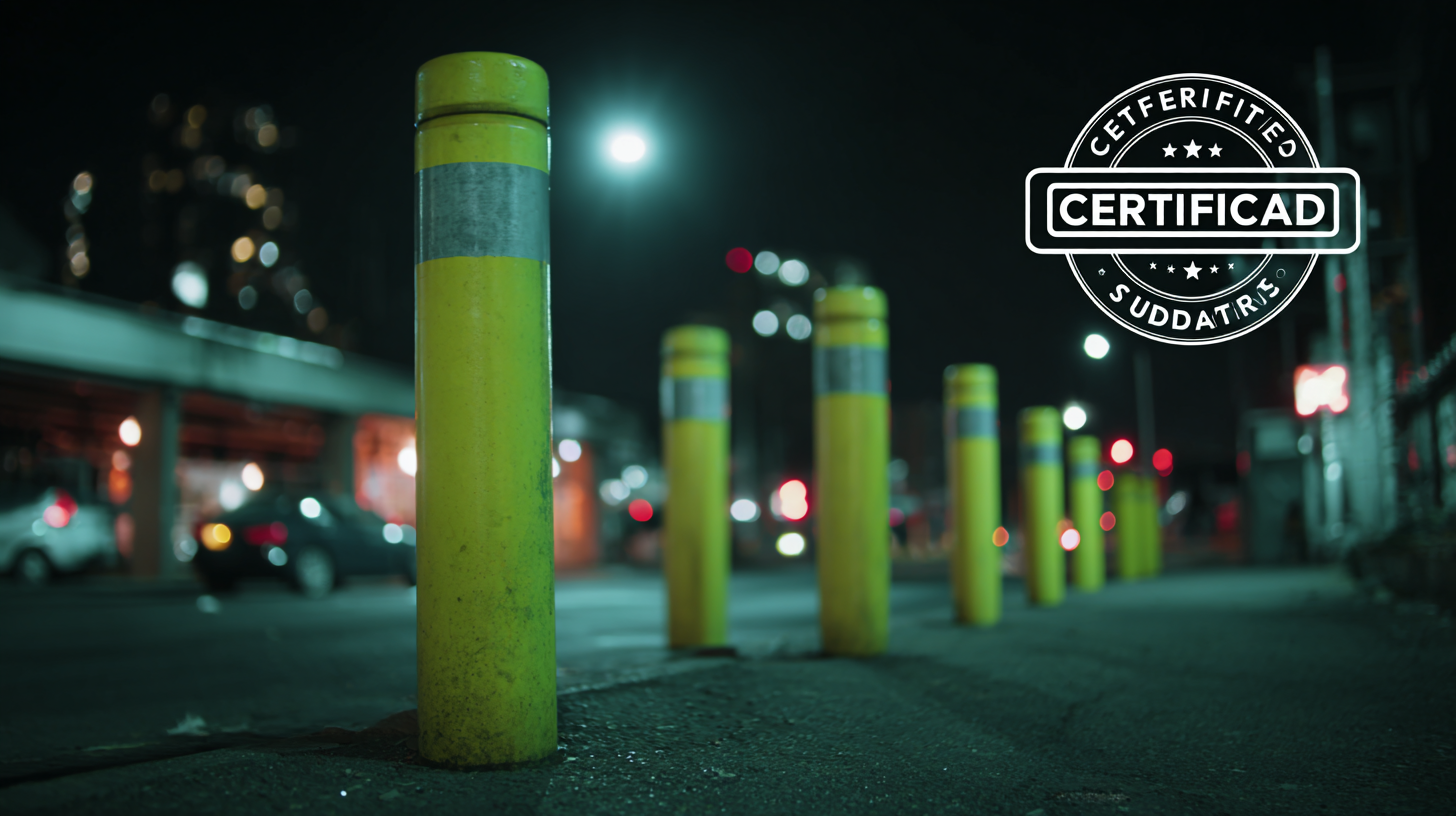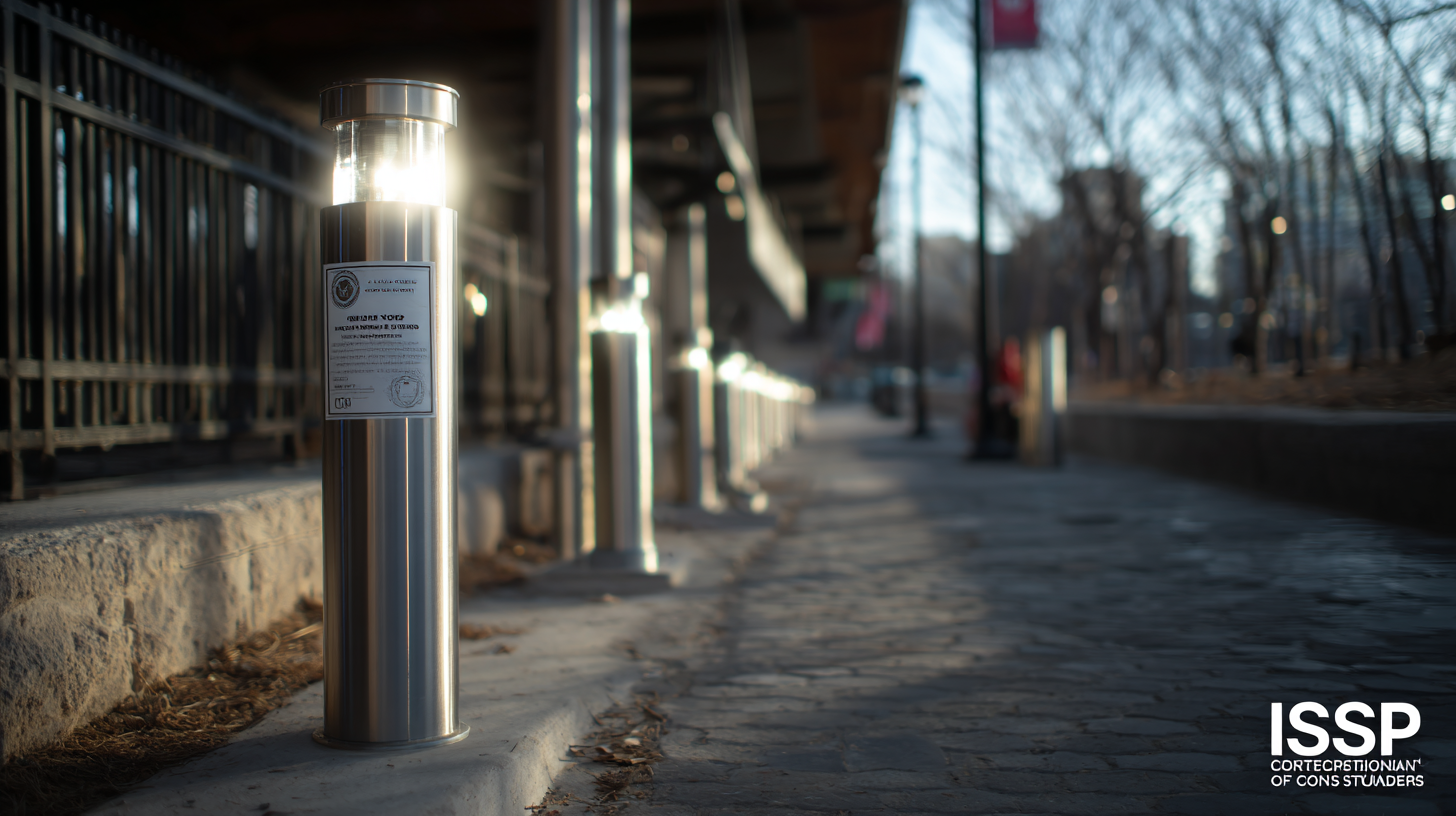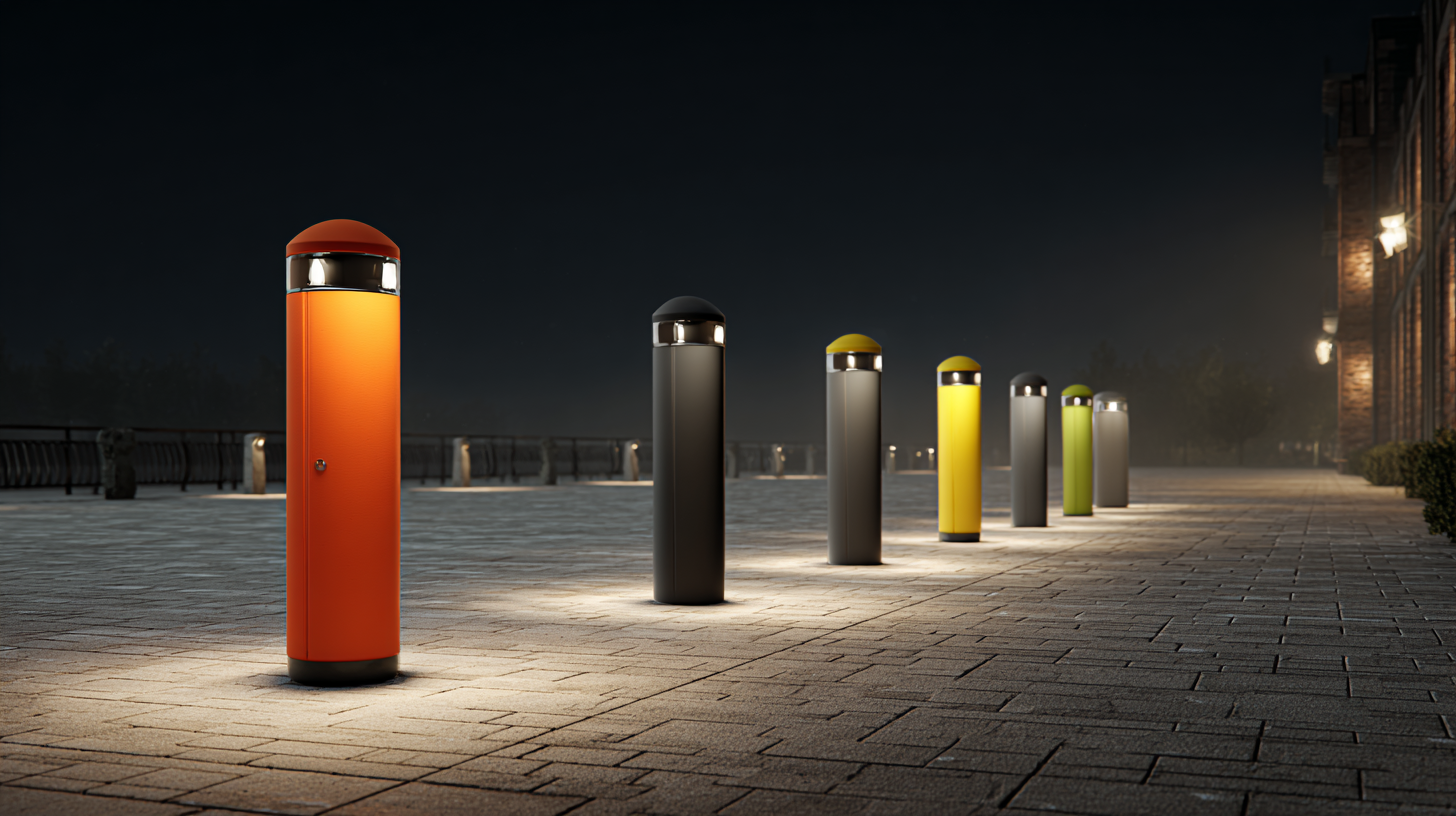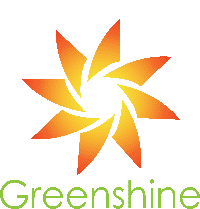Navigating Import Export Certifications for Best Bollard Lights How to Ensure Compliance and Quality Standards
In the ever-evolving world of outdoor lighting solutions, Bollard Lights have emerged as a pivotal component, blending aesthetic appeal with functional utility. According to a recent report by MarketsandMarkets, the global outdoor lighting market is projected to reach USD 27.7 billion by 2025, with significant contributions from innovative lighting fixtures like bollard lights. However, ensuring compliance with import-export certifications and quality standards is essential for manufacturers and distributors aiming to thrive in this competitive landscape. Navigating the intricate web of regulations can be daunting, yet it is crucial for delivering products that not only meet safety and performance benchmarks but also align with environmental sustainability goals. By understanding the various certification processes, companies can enhance their market position while ensuring that their bollard lights resonate with consumers’ increasing demand for quality and reliability.

Understanding Import Export Certifications for Bollard Lights
When dealing with bollard lights, understanding import export certifications is crucial for ensuring compliance with quality standards. These certifications serve as proof that the products meet specific regulatory requirements, which can vary significantly from one region to another. For manufacturers and distributors, navigating this landscape requires a thorough grasp of the relevant certifications, such as CE marking in Europe or UL certification in the United States. Each certification involves a series of tests and inspections that confirm the safety, efficiency, and environmental impact of the luminaires.

In addition to aiding in compliance, mastering these certifications can enhance the marketability of bollard lights. Customers are increasingly seeking products that are not only visually appealing but also adhere to strict safety standards. By ensuring that your products are certified, you not only build trust with consumers but also potentially increase your product’s reach in international markets. Understanding the nuances of these certifications can streamline trade processes, reduce delays, and ultimately lead to successful entry into new markets while maintaining high-quality offerings.
Key Quality Standards for Bollard Lights in International Trade
In international trade, compliance with key quality standards for bollard lights is essential for ensuring that products meet safety and environmental regulations. Organizations such as the ISO and IEC play a significant role in setting these standards, focusing on energy efficiency, performance, and safety criteria. Adhering to these international standards not only helps manufacturers avoid trade barriers but also enhances their reputation in a competitive marketplace.
Moreover, the impact of outdoor lighting on health and the environment underscores the importance of responsible lighting practices. Recent discussions highlight the risks associated with light pollution, including its effects on sleep disorders and overall well-being. By following principles of responsible outdoor lighting and ensuring that bollard lights are compliant with relevant standards, manufacturers can contribute to better health outcomes while also complying with trade regulations. This alignment of quality, compliance, and social responsibility is essential in navigating the complexities of global trade.

Step-by-Step Guide to Navigating Certification Processes
Navigating the certification processes for bollard lights is essential for businesses aiming to meet compliance and quality standards. The importance of adhering to these regulations cannot be overstated, as non-compliance can lead to significant financial penalties and product recalls. According to a recent industry report, more than 40% of manufacturers face challenges in keeping up with rapidly evolving certification criteria, highlighting the need for a systematic approach to managing these requirements.
To effectively navigate the certification landscape, businesses should start by identifying the relevant standards that apply to their products. This could involve domestic regulations or international standards, depending on the market. A step-by-step guide suggests beginning with thorough research on required documentation and testing protocols. For example, certifications such as ISO 9001 not only establish quality management systems but also enhance credibility with consumers. By employing project management tools to streamline the certification workflow, companies can ensure they remain compliant while optimizing their project timelines, ultimately leading to higher quality products and increased market competitiveness.
Navigating Import Export Certifications for Bollard Lights
Common Challenges in Import Export Certifications and How to Overcome Them
Navigating the complexities of import and export certifications can be challenging, especially when dealing with products like bollard lights. One common hurdle faced by businesses is varying certification requirements across different countries. According to a report by the International Trade Centre, nearly 60% of exporters encounter difficulties related to compliance with national standards, which can lead to costly delays and fines. To circumvent these challenges, businesses should invest in thorough market research and establish relationships with local regulatory bodies to better understand the requirements of their target markets.
Tip: Always keep updated with changes in regulations by subscribing to industry newsletters or joining trade associations that focus on light manufacturing and international trade.
Another significant challenge is the documentation process, which can be overwhelming, especially for small and medium enterprises (SMEs). According to the World Bank’s Doing Business report, importers and exporters can spend an average of 40 hours on compliance processes annually. To streamline this, businesses can use digital tools and software designed for export administration, which can automate document generation and reduce the likelihood of errors.
Tip: Consider engaging with a freight forwarder who has experience in your industry—they can help you navigate the logistics and paperwork involved, ensuring a smoother certification process.
Maintaining Compliance: Tips for Manufacturers and Exporters of Bollard Lights
When it comes to manufacturing and exporting bollard lights, maintaining compliance with certification standards is paramount. Manufacturers should first familiarize themselves with the regulations set forth by governing bodies in their target markets. These can include safety standards, energy efficiency requirements, and environmental considerations. Establishing a robust quality management system that adheres to these standards not only ensures compliance but also builds trust with distributors and consumers.
Moreover, engaging with third-party certification agencies can help manufacturers navigate the complex landscape of compliance. These organizations provide valuable insights into the testing procedures and documentation needed for certification. Regular audits and updates to manufacturing processes can preemptively address potential compliance issues. Additionally, maintaining transparent communication with suppliers about compliance requirements can safeguard the quality and authenticity of the materials used in the production of bollard lights, ultimately leading to safer and more reliable products on the market.
